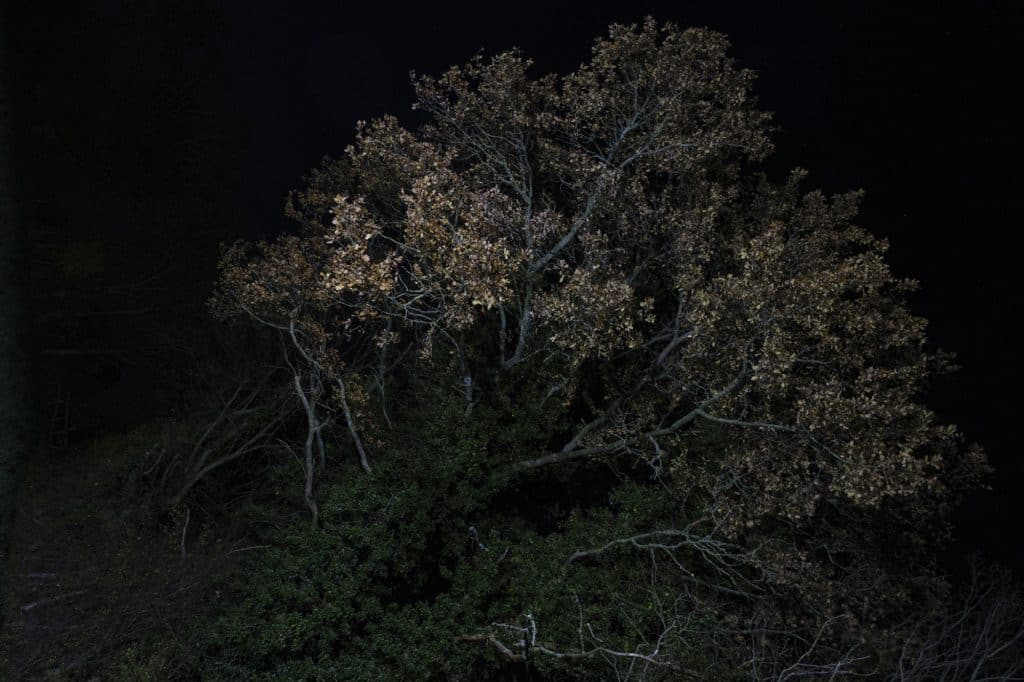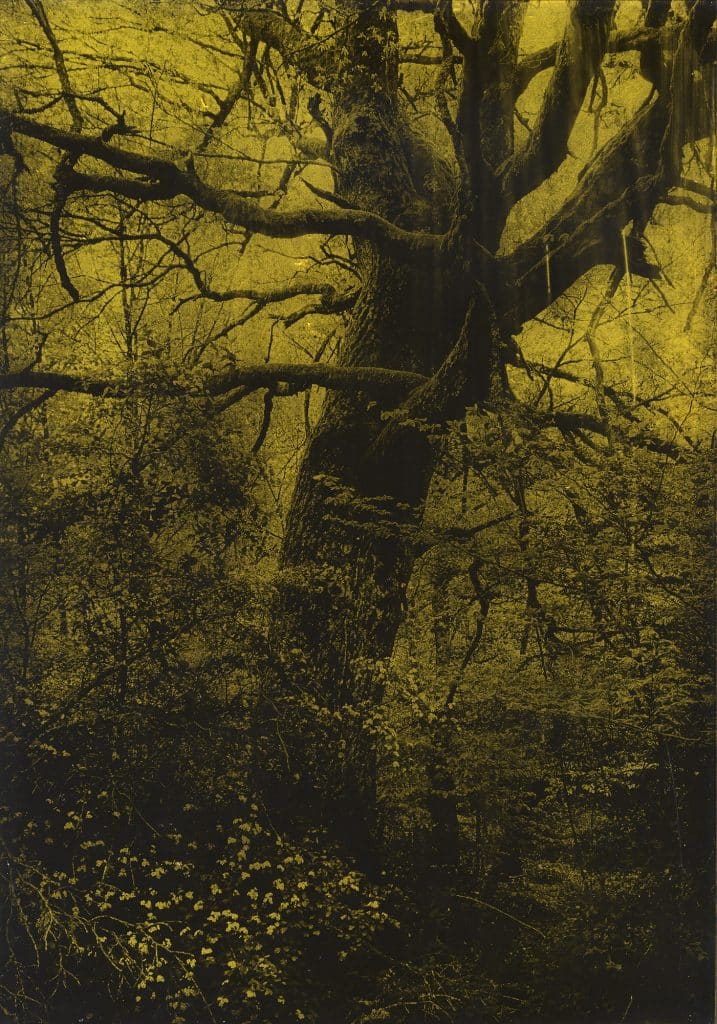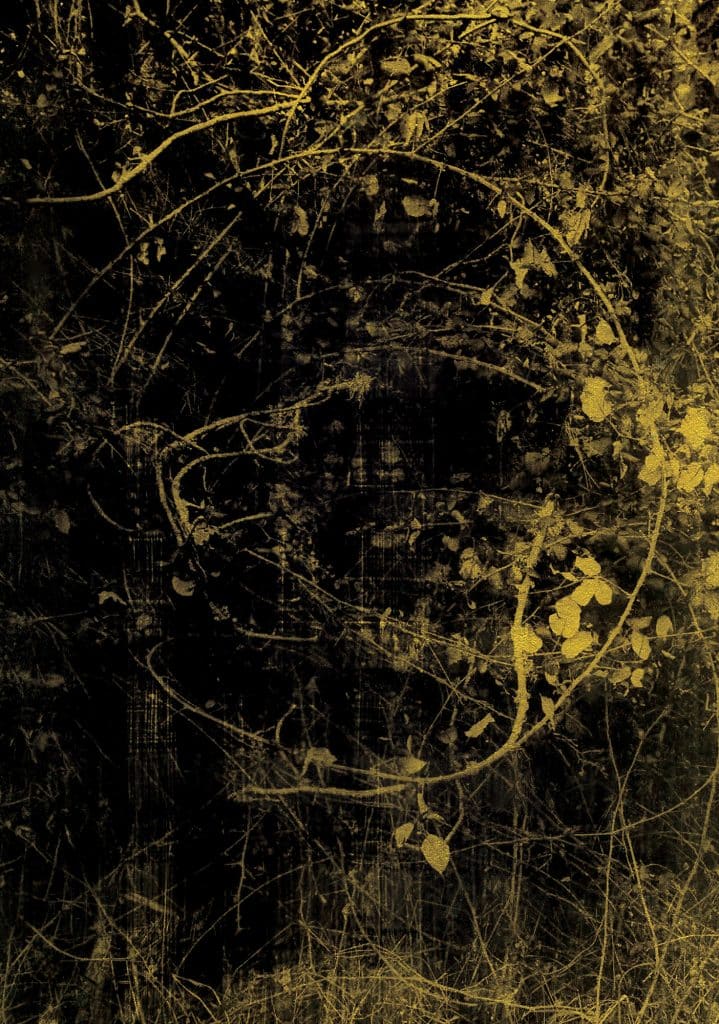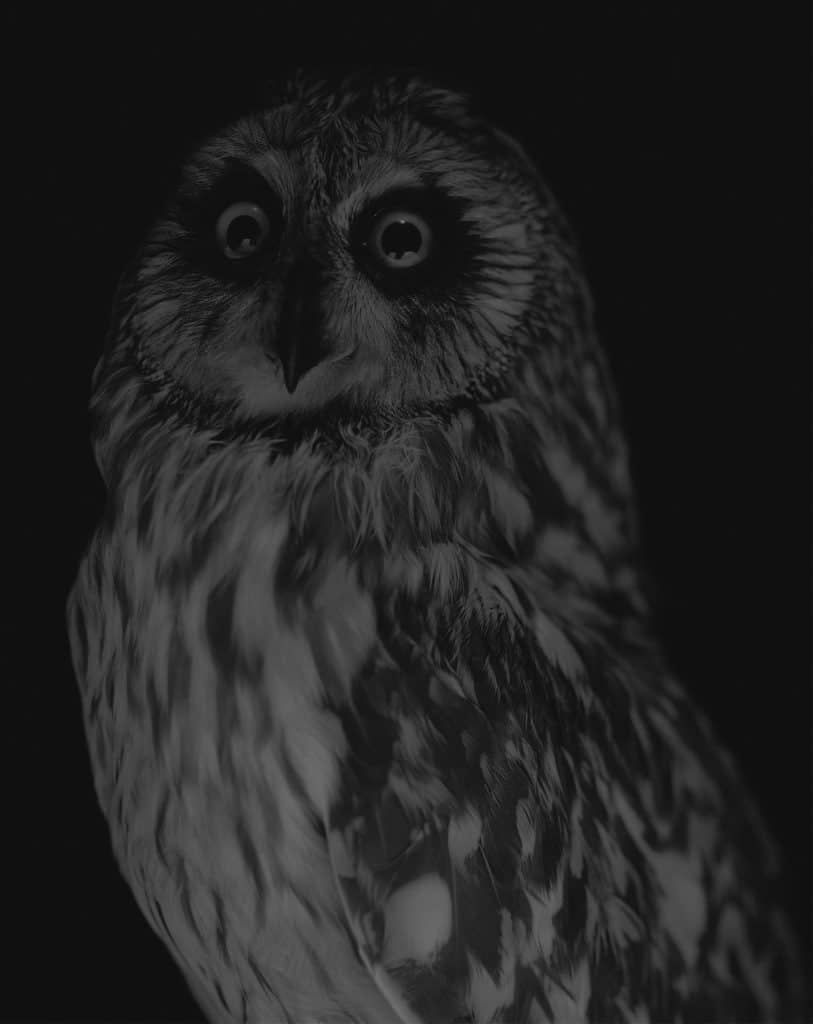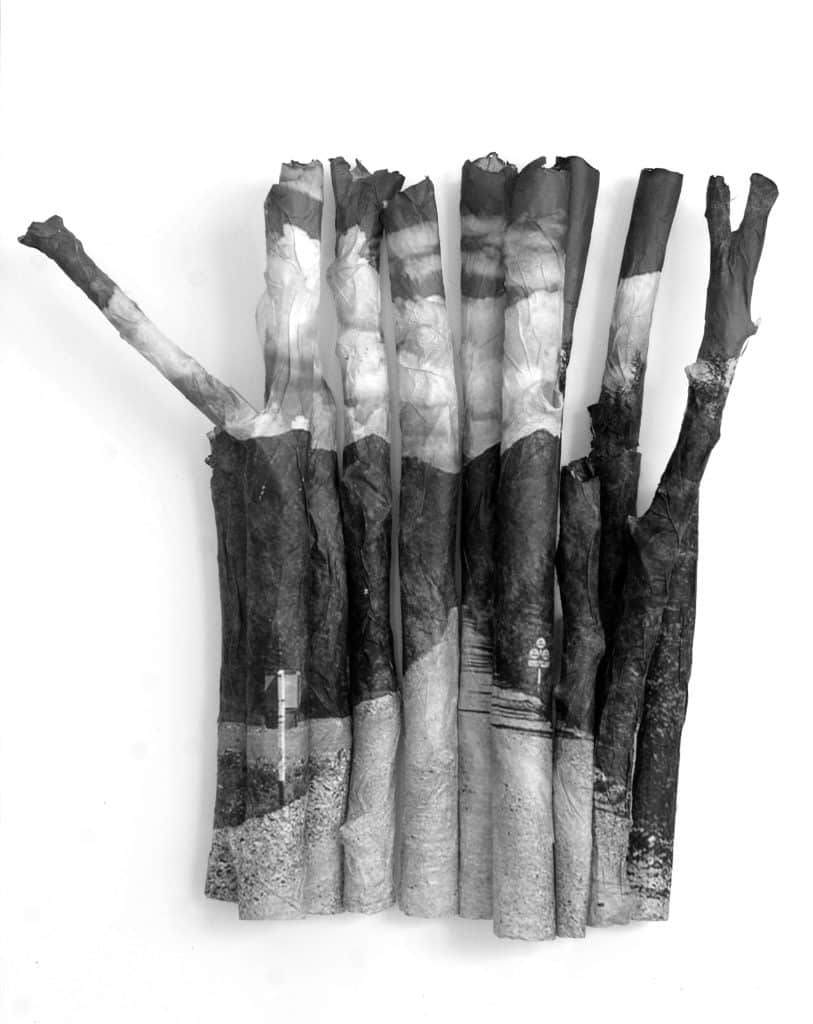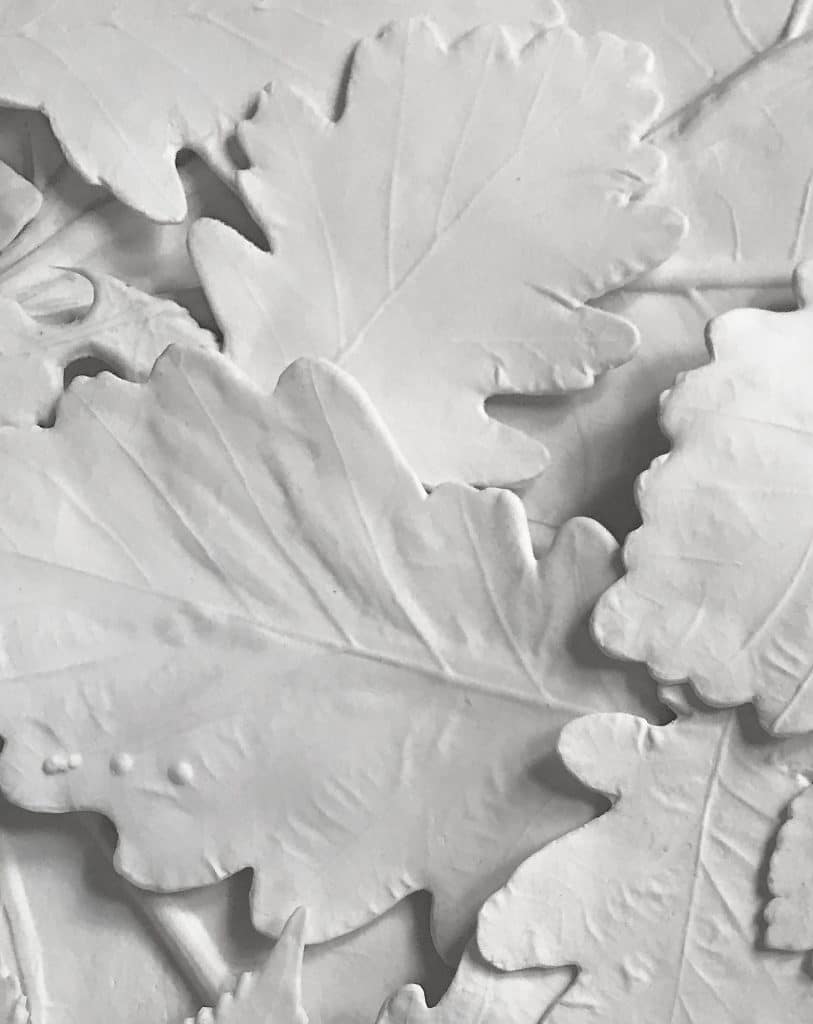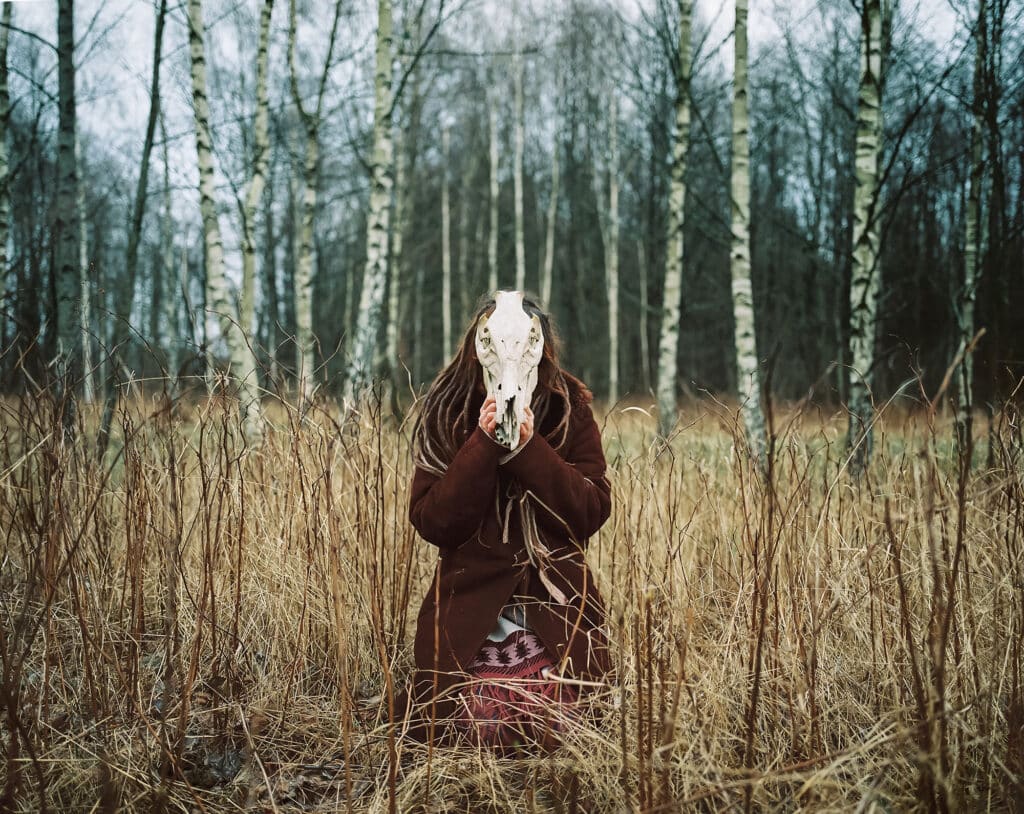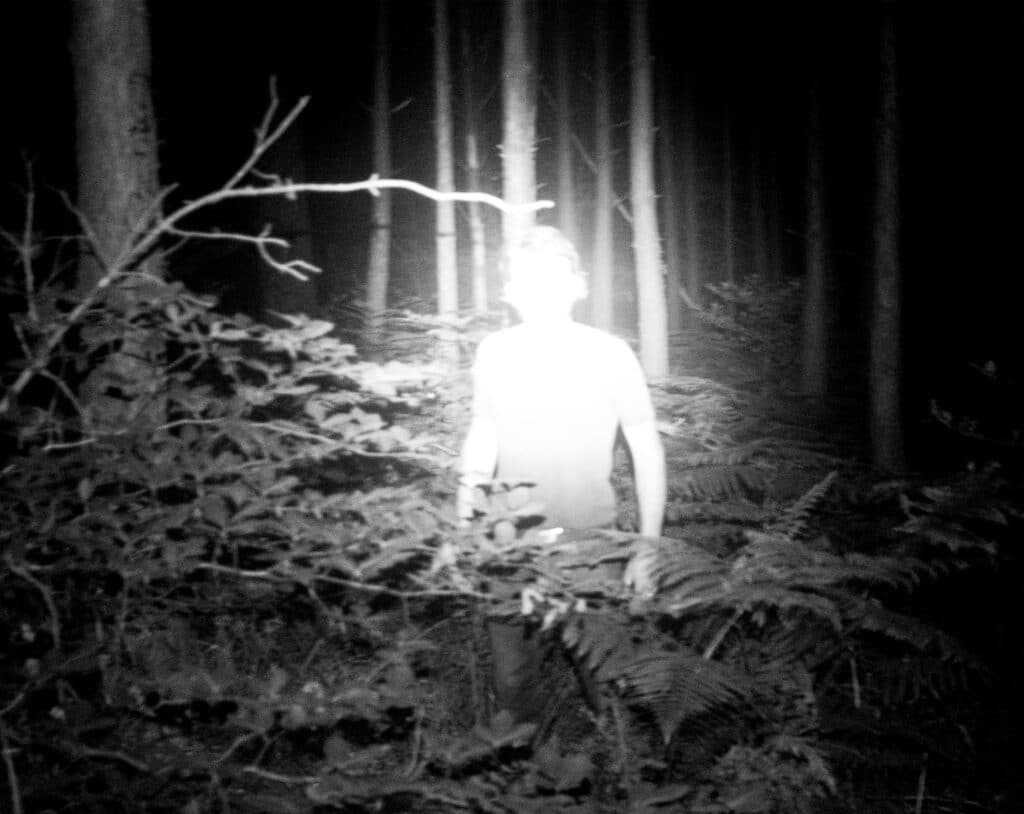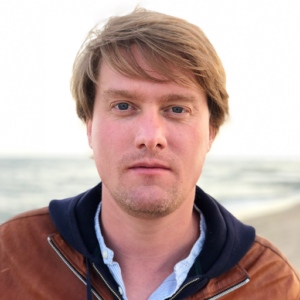Less than 2 hours from Paris, the Perche Regional Natural Park offers a lush green landscape, a preserved ancient architecture and a magnificently restored heritage. One can easily say that it is one of the most beautiful countrysides in France. Few buildings are less than 100 years old, fields and forests are protected, and there is a restriction on adding traffic or advertisement signs and a ban on cutting down trees. The site is an obvious choice for the festival of Le champ des impossibles; an event orchestrated and developed by artistic director Christine Ollier. “This festival allows us to deconsecrate contemporary art a bit and introduce it to everyone,” she says. “Nogent-le-Rotrou is a town with many heritage sites, where major rehabilitation work is taking place. Bringing culture to this region, already a tourist destination, is an important step in its development.”
In this town in the heart of the national park, which can be reached by a TER directly from Paris, there are few art galleries. Jérôme-François Chatelain, the owner of Edmund Gallery, explains: “There is a historical gallery, Label Friche, at the city’s exit, but it is financed by public money and commissioned by the city, with an intervention in schools. We offer something different with the participation of artists within a completely private circle.” Among them is Sandra Städeli, currently exhibiting a series of images of trees photographed at night, printed on a dark background. The pictures bring out the finesse of the branches, illuminated either by a classic flashlight or a lightning device similar to that of construction sites. “There is a whole research going on on matte paper,” says Sandra Städeli. “I was hesitant between a Japanese paper or this one, which is heavy and absorbs a lot. I usually work in October and November, from 6:30-7 pm. That’s the advantage of working in winter; the night falls early.”
Further away, at Cent8, Raphaëlle Peria presents her work, which is somewhere between photography and engraving. She redraws over images of natural sites with a scalpel, illustrating the leaves as a relief, for example—a meticulous and intriguing portrayal. “I call that ‘scraping on photography.’ I am more interested in the scraping than the original picture. I am like a tourist who goes to places where nature has taken over human construction. I take a photo that anyone could take, then appropriate it and turn it into something else. In Abbeville, in the Hauts de France, not far from where I was born, I walked through a park and took many pictures. My mother had passed by those trees when she was my age. For me, trees are our secret-keepers; they guard our memories. They know everything, they go through a lot, but they will never tell.” The making of these œuvres can take two weeks to a month. “I have many small utensils: gouges, chisels, plane iron, engraving files, dry-points. I initially mostly did printmaking.”
Some photographers flirt with inner mythologies, such as Israel Ariño, while Lisa Sartorio depicts the scratches of history and time through her work on the boundaries of photography, volume and installation. She also does reliefs, in which the image is printed on thick paper, forming sculptures that remind you of trees, their bark and stump. Anaïs Boudot, for her part, uses the ancient image-on-glass technique with great finesse to create an intimate relationship with the viewer. Her works, well known by specialists, demonstrate trees, leaves, and pieces of branches, in which one cannot resist admiring the details.

The Moulin Blanchard, the heart of the cultural project and the territory of Perche-en-Nocé, comprising agricultural buildings, is the town’s only ancient flour mill that still has its water rights and has preserved its wheels and pits. The work of two photographers usually engaged in photojournalistic fields is exhibited there. Gregoire Eloy, known for his long-term projects on Soviet heritage and the wars in the South Caucasus, has explored a patch of a nearby forest and the living beings that inhabit or transform it. He has thus created a documentary installation based on the experience he shared with his accomplice Marc-Emmanuel Berville, builder of a clandestine cabin hidden among the trees. Andrea Mantovani, a photographer whose images and reports often appear in the New York Times, has somewhat abandoned the field of current events (although she has just returned from Ukraine) to produce a fictional series. Her images resemble a fantastic tale, with several mise-en-scenes of characters – activists – who fight to save the last primary forests of Eastern Europe, in this case, that of Białowieza. “I believe in the power of the imagination,” she says. “We live in a factual society and our environmental stakes are tough, confusing, and tense. That’s why I wanted to find a loophole to tell the story of this forest, not by confronting the spectator with the harshness of what is happening, but by showing the beauty, the dream. I try to take it further, hoping they would one day like to get to know it.” Andrea Mantovani’s characters are no less confronted with reality. After a year, their actions made it possible to build a case for the European Commission, which was presented to the European Court of Justice and forced Poland to stop cutting trees. Today, violating that decision means getting a fine of €100,000 per day. The case of the Bialowieza Forest has proven to be a legal case in Europe for the preservation of our primary forests. “That is another beautiful aspect of this testimony.”
Le champ des impossible Festival. Until June 12, 2022, at the Perche Regional Natural Park, in France.
